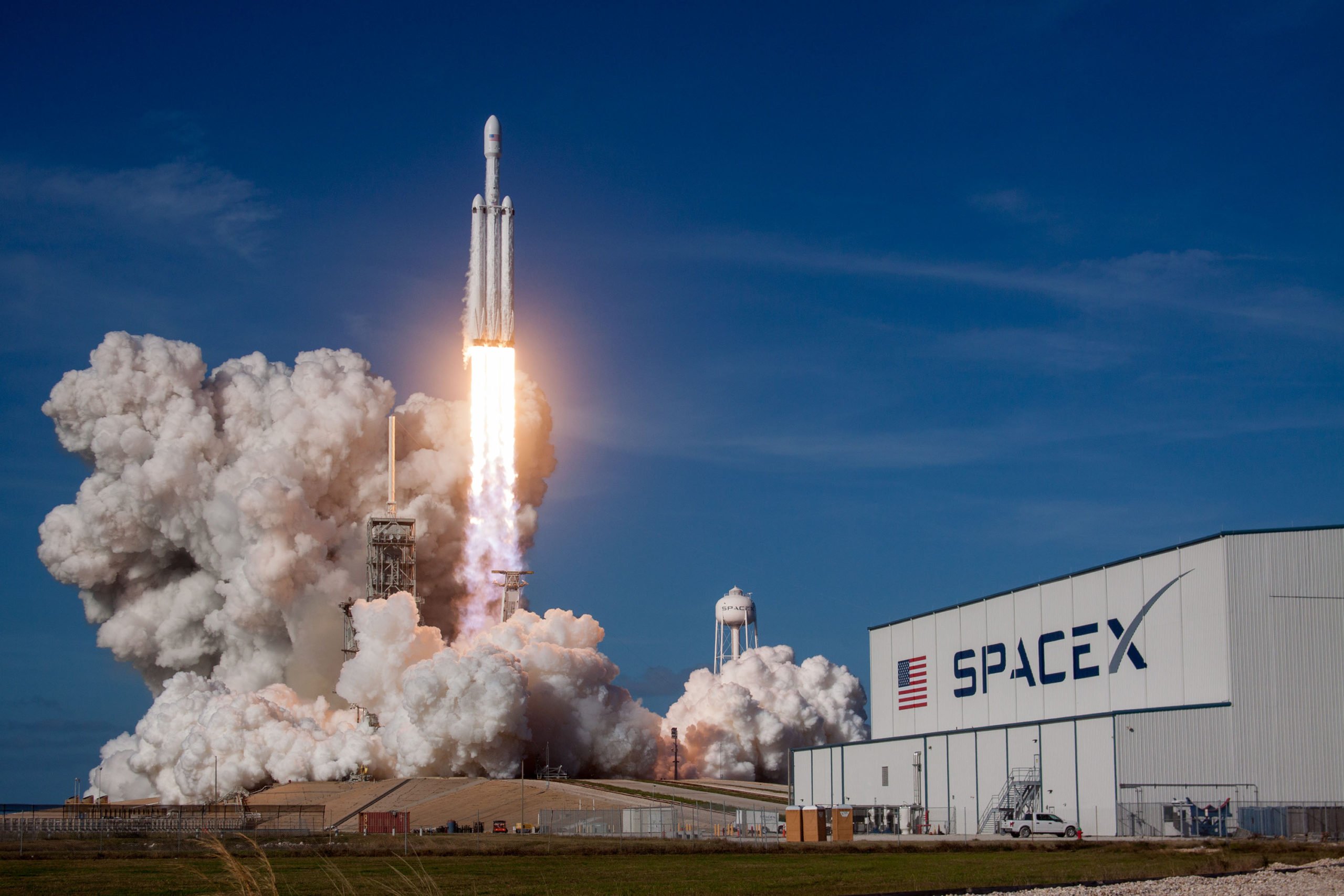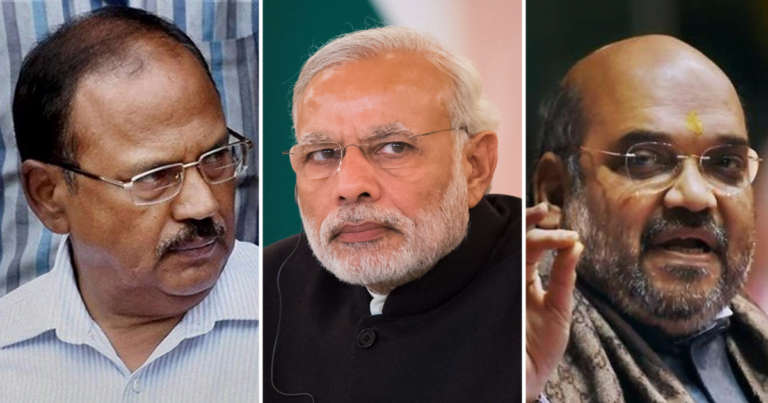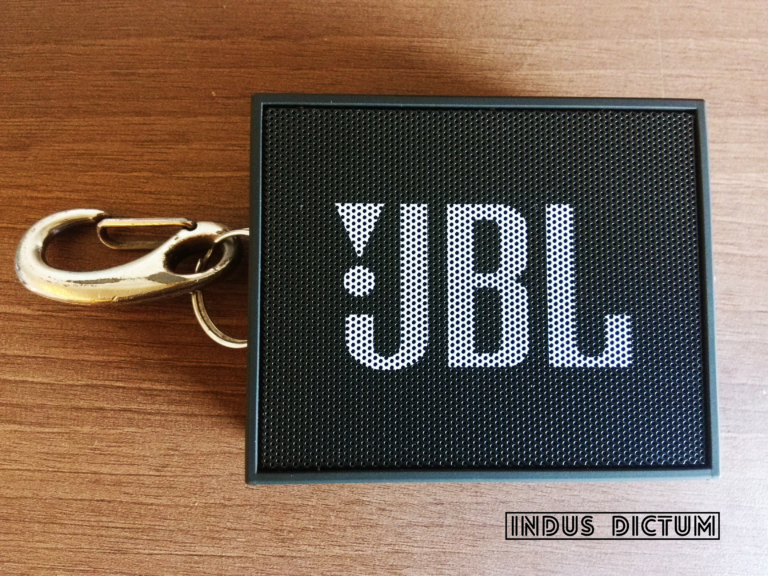SpaceX’s Starlink has competition from this Boeing-backed UK satellite internet company
UK-based satellite internet company Isotropic Systems announced today that it completed a “key milestone in its development path towards a new generation of multi-beam, high performance and low-cost satellite ground terminals.” In layman’s terms, that means Isotropic – a company backed by aerospace giant Boeing – tested and successfully managed to transfer data over a high-speed, low-latency broadband connection from Earth via an orbiting satellite. This is very similar to the SpaceX Starlink project, Elon Musk’s enterprise to build an internet-satellite constellation in low Earth orbit (LEO) and even very-low Earth orbit (VLEO) and beam the world wide web down to the planet.
In technical terms, Isotropic Systems says it demonstrated bi-directional high-speed connectivity with a Ka-broadband satellite, proving that its optical beam-forming technology is capable of all electronic scanning and tracking well beyond the conventional performance of flat panel antennas and conventional phased array technology, measured in scanning range, scan performance and corresponding throughput.
The tests included web browsing, video downloads, video streaming, two-way video calls, online gaming, VoIP, e-mail and additional WAN application testing completed from Isotropic Systems’ laboratory at the InnovateUK Satellite Catapult facility, utilising capacity from Avanti’s Hylas-4 Ka-band satellite.
“This is the first of many tests that Isotropic Systems will make over the air as we move towards our first commercially available products. Our engineering team has worked tirelessly with the support of our strategic customers to accomplish today’s important test,” said John Finney, founder and CEO of Isotropic Systems.
Isotropic says that it is developing a multi-service, high-bandwidth, low power, fully integrated high throughput terminal designed to support the satellite industry to ‘reach beyond’ traditional markets.
“We look forward to our next over-the-air test, which we expect to focus on multi-beam connectivity in Ka-band. Unlike other multi-beam antennas, we will demonstrate full duplex transmission to our strategic customers, with each beam independently operating the entire aperture bandwidth,” added Finney.
SpaceX and Isotropic aren’t the only companies with low-latency satellite internet plans, though. Amazon, Facebook, and Airbus also have horses in this newly privatised space race.
Boeing’s arch-rival Airbus teamed up with OneWeb to launch the first six satellites of an approximately 900-strong constellation in February this year. The joint venture is called Airbus OneWeb Satellites LLC, which perhaps lacks the sort of Star Wars reminiscent nomenclature Musk would have picked.
Not to be left behind, Jeff Bezos’ Amazon aims to put 3,236 broadband-enabling spacecraft of its own into LEO. The program, dubbed Project Kuiper, hasn’t seen any launches yet but Kuiper Systems LLC made three sets of filings earlier this year with the International Telecommunication Union (ITU), the UN organisation in charge of coordinating satellite orbits.
Facebook’s satellite internet program Athena, however, hasn’t made a public appearance since the first quarter of 2019.
While the race is heating up, Musk still leads the pack. SpaceX put 60 more Starlink satellites into orbit just a few hours ago, and broke some records in the process. The Falcon 9 rocket that delivered this 2nd batch of Starlink sats set a record for reusability. This was the booster’s 4th launch, having landed successfully after 3 previous mission.
Although this particular Falcon 9 managed to launch (and land on the Of Course I Still Love You droneship) a 4th time, it’s unclear if it will be used for another mission. This was also the first launch to use refurbished fairings, the expensive aerodynamic shells covering the payload on the second stage. SpaceX recently started collecting those for reuse.
Musk has said that SpaceX needs about 400 Starlink satellites to provide “minor” coverage and 800 for “moderate” coverage. But the 122 satellites already in orbit are operational and providing limited connectivity, as witnessed in Musk’s tweet:
Whoa, it worked!!
— Elon Musk (@elonmusk) October 22, 2019
In total, nearly 12,000 Starlink satellites will be deployed by the mid-2020s, with a possible later extension to 42,000. That finish line is a long way from today, but any competing horses haven’t really left the stocks yet.
Also Read: Space Race or Space Rage?
Ankur Borwankar is an author, lawyer, motivational speaker & entrepreneur. He is the Founder & Editor-in-Chief of Indus Dictum.
Follow Ankur on Facebook, Twitter & LinkedIn.
To read more of his write-ups, visit the Articles Page.
To find out more about his work, read About Ankur.
You can get in touch with Ankur through the Contact Page.
This article first appeared on Indus Dictum.









I like the efforts you have put in this, regards for all the great content.
I like the efforts you have put in this, regards for all the great content.
Your blog is a treasure trove of valuable insights and thought-provoking commentary. Your dedication to your craft is evident in every word you write. Keep up the fantastic work!
Thanks I have recently been looking for info about this subject for a while and yours is the greatest I have discovered so far However what in regards to the bottom line Are you certain in regards to the supply
Your blog is a testament to your expertise and dedication to your craft. I’m constantly impressed by the depth of your knowledge and the clarity of your explanations. Keep up the amazing work!
Your writing has a way of making even the most complex topics accessible and engaging. I’m constantly impressed by your ability to distill complicated concepts into easy-to-understand language.
I love how your posts are both informative and entertaining You have a talent for making even the most mundane topics interesting